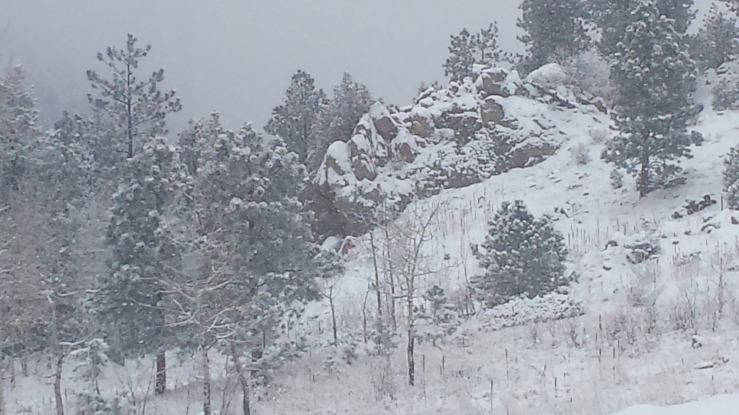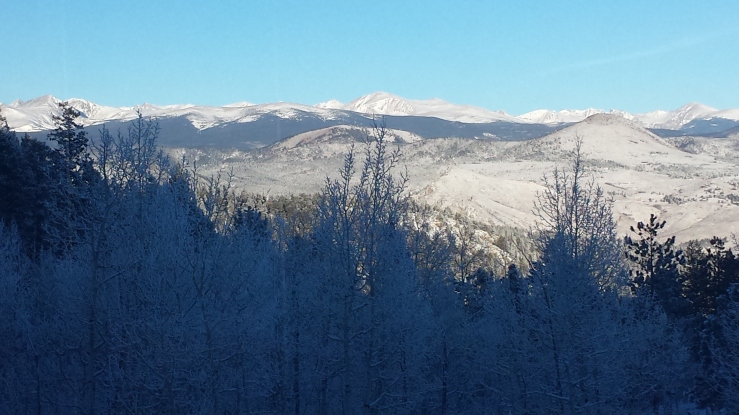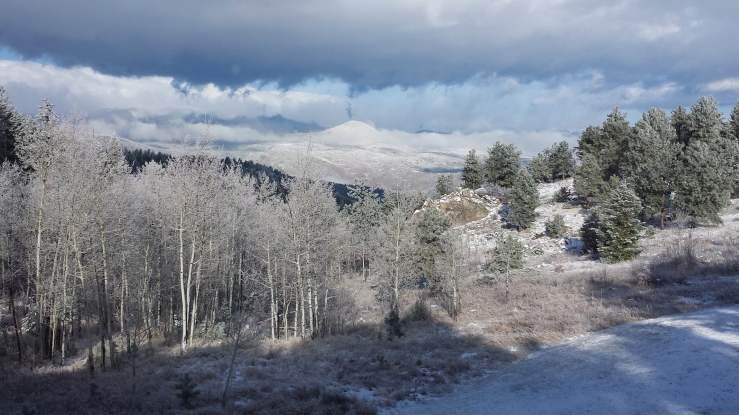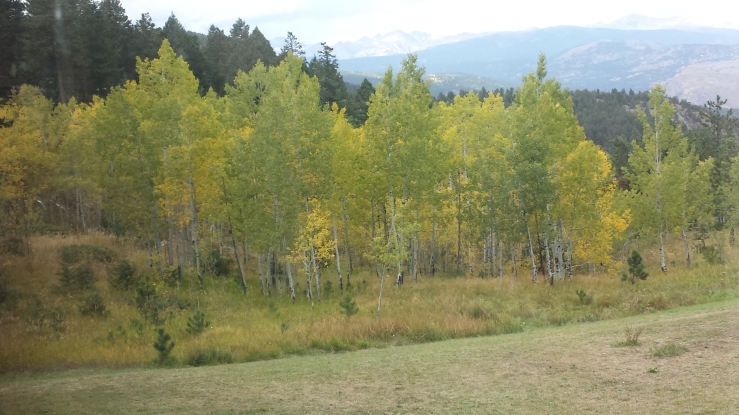
In January people are often concerned with looking forward, making new resolutions , moving on. But what about remembering? What, or rather how, do you choose to remember?
On Tuesday it was 6°F, bitter cold – but a few days later it’s 60° F. I can choose what to remember about this and how to remember it – the temperature was a fact but there was beauty and some excitement in the extreme.
Joy Harjo’s poem Remember (which I have used in groups recently – one person said ‘at last you’ve found one I like!’), invites us to remember many things about ourselves and the world. She exhorts us to connect with our lives and our worlds, and encourages resilience and strength. It begins:
Remember the sky that you were born under,
know each of the star’s stories.
and continues with invitations to remember many things including:
Remember your birth, how your mother struggled
to give you form and breath. You are evidence of
her life, and her mother’s, and hers.
The poem calls us to Remember, as an injunction, 15 times.
People in my groups wrote deeply and movingly in different ways in response to this. Several people wrote about mothers, living or dead, someone wrote emotionally about her mother but also compassionately about her troubled self when her mother died. Some people wrote about their values and their beliefs, others wrote about specific people or events. They saw that they could choose what and how to remember – in writing about the past they chose how to think about it.
Jean-Paul Sartre said that there are things about the past that can’t be changed or denied, the facticity, but we can choose to change our attitude to those things.
In Christmas Days – 12 stories and 12 feasts for 12 days Jeanette Winterson echoes this:
…it’s a fact that our memories change as we do….you can go back in time, you can heal the past. It may be fixed as a fact – what happened happened – but it isn’t fixed in the ongoing story of our lives.

Journal prompt: Think about things you want to remember, choose the details and the attitude. Write a list poem (or simply a list) beginning each line:
Remember…
When you’ve finished read it through and give yourself some feedback beginning:
When I read this I feel………….
As 2018 begins – choose what you want to remember and what you want to bring with you. Leave a comment below.

 Here is the link to the third in the series of free audio workshops on
Here is the link to the third in the series of free audio workshops on 
 The second free mini workshop in the series Writing for Resilience: Shifting our Emotional Landscape is available for you to listen to
The second free mini workshop in the series Writing for Resilience: Shifting our Emotional Landscape is available for you to listen to  Although the lake here is full at this time and we have snow on the ground, there is not the same calm and safety for many people and communities that we know. Perhaps you or someone you know is personally affected by the fires, floods, earthquakes indelibly changing the landscape, or perhaps the news brings it into your awareness with brutal immediacy. In these troubling times, when there are natural disasters affecting so many people and communities, it is so easy to feel paralyzed and helpless whilst simultaneously wanting and needing to offer something in whatever way we can.
Although the lake here is full at this time and we have snow on the ground, there is not the same calm and safety for many people and communities that we know. Perhaps you or someone you know is personally affected by the fires, floods, earthquakes indelibly changing the landscape, or perhaps the news brings it into your awareness with brutal immediacy. In these troubling times, when there are natural disasters affecting so many people and communities, it is so easy to feel paralyzed and helpless whilst simultaneously wanting and needing to offer something in whatever way we can.